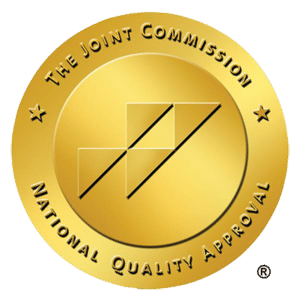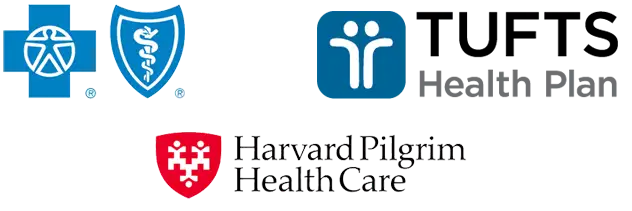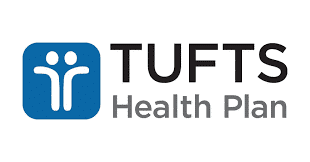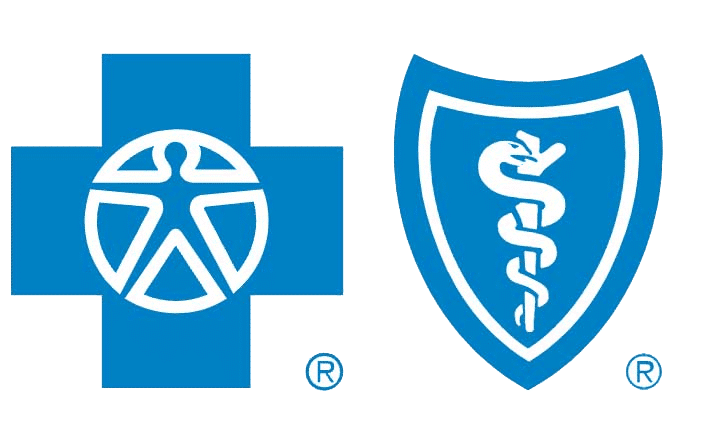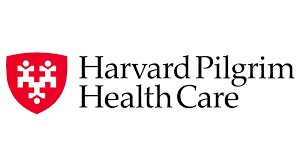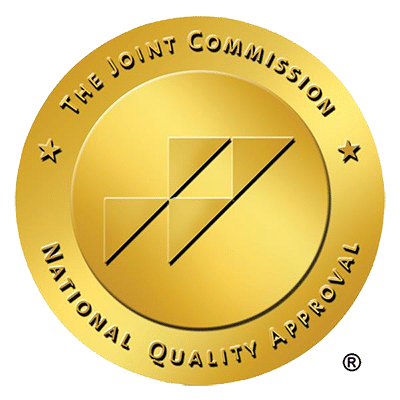Are you or someone you know showing signs of opioid addiction? It’s critical to recognize the early symptoms which may include noticeable changes in behavior, physical health, and emotional well-being. Identifying these signs can be the pivotal step toward addressing the addiction and seeking help. This article will guide you through the key indicators of opioid misuse, explore the underlying mechanisms of dependency and tolerance, and offer insights into the necessary steps for intervention and recovery.
Key Takeaways
- Opioid addiction is characterized by behavioral changes, such as withdrawal from social activities and mood swings, physical indicators like appetite changes and flu-like symptoms, and cognitive/emotional effects including impaired judgment and moodiness.
- Dependency on opioids leads to cravings and tolerance, requiring increased doses to achieve the same effect, signaling deepening addiction and necessitating awareness for intervention.
- Treatment for opioid use disorder must be comprehensive, involving Medication-Assisted Treatment (MAT), behavioral therapies, and strong support networks, and complemented by preventive measures such as non-opioid pain management and safe opioid disposal.
Decoding the Warning Signals of Opioid Misuse
Addiction to opiates, a subset of opioid addiction and a type of drug abuse, develops insidiously, frequently appearing as normal behavior until it becomes critical. What if the early indicators could be recognized in time to potentially prevent the descent into substance abuse disorder? Identifying both minor behavioral alterations and clear physical signs is crucial. These are the early warnings of opioid misuse that pave the path toward taking action for recovery.
Intricacies abound within opiate addiction’s domain where such signals serve as important clues pointing towards help. We aim to delve thoroughly into understanding these markers so we can detect and confront opioid misuse at its inception.
Behavioral Changes
Imagine observing someone close to you withdrawing from loved ones and abandoning hobbies that they previously found pleasurable. Such alterations in behavior can be the initial warning signs of opioid misuse. An individual who was formerly cheerful could now display irritability and anxiety, along with pronounced fluctuations in their mood. This person may also start acting more covertly as they attempt to hide their dependence on taking opioids, intensifying the growing unease among those around them.
Recognizing these behavioral changes early on is crucial for stepping in before the situation worsens due to opioid misuse.
Physical Indicators
Physical symptoms, such as marked fluctuations in appetite resulting in either weight loss or gain, might suggest opioid misuse. Severe symptoms that resemble the flu could be misinterpreted as ordinary illnesses but may actually indicate issues with opioids.
Recognizing these physical indicators is crucial for the timely identification and prevention of opioid misuse.
Cognitive and Emotional Symptoms
The misuse of opioids can significantly impact cognitive and emotional well-being, potentially leading to mental illness. This may manifest in various ways, including compromised decision-making abilities and fluctuating moods. One might notice signs of emotional imbalance such as bouts of euphoria indicative of opioid misuse.
Extended misuse of opioids can give rise to conditions like anxiety and depression, which are among the initial indicators reflecting the drug’s effect on one’s cognitive and emotional state. Early recognition of these symptoms is key to identifying the beginnings of opioid misuse.
Want to Learn More about Opioid Addiction?
Our addiction recovery team is here 24/7 to answer your questions or to get you help.
Understanding Opioid Cravings and Tolerance
Recognizing the indicators of opioid misuse is just the first step. Next, we must delve into how dependence on opioids begins. These drugs are engineered to modify brain function, which results in a dependency and subsequent addiction that can be likened to an ensnaring trap. The brain starts relying on the synthetic endorphins provided by the drug, leading to increased cravings and tolerance – elements that strengthen opioid addiction’s hold.
To fully grasp this cycle of dependence, it’s essential to examine two critical components: cravings and tolerance associated with opioid addiction. Understanding these factors will illuminate their roles in perpetuating dependence on opioids.
Opioid Cravings
A profound physical and psychological compulsion for the drug gives rise to opioid cravings. Picture a potent force, an overpowering urge that can drastically interfere with someone’s daily life and guide their actions. Brain irregularities resulting from continuous misuse of opioids may cause these severe urges, which continue even when a person has stopped taking opioids.
Comprehending these urges is crucial in grasping the strength of opioid addiction and developing measures to combat it.
Building Tolerance
Tolerance buildup is a significant factor intensifying the cycle of opioid addiction. The body’s diminishing response to opioids necessitates higher doses for individuals to experience comparable relief, as their brain chemistry adjusts, resulting in decreased effectiveness of the drug. This tolerance develops at varying rates among different people, with some metabolizing opioids more rapidly and thus experiencing a quicker reduction in the drugs’ effects.
Recognizing this escalation in tolerance is crucial for grasping how opioid addiction advances and for devising successful strategies to intervene.
Recognizing Opioid Withdrawal Symptoms
As we delve deeper into the realm of opioid addiction, our focus shifts to the withdrawal symptoms that emerge when a person dependent on opioids either decreases their dose or ceases use altogether. These withdrawal symptoms manifest as both physical and psychological discomforts that can range from pain and chills to anxiety and intense cravings for the drug, among others.
The ability to identify these signs and symptoms is essential in facilitating early intervention and providing timely treatment. Let’s explore this topic in greater depth.
Early Withdrawal Signs
The onset of withdrawal symptoms marks the first warning signs indicative of an opioid addiction. The following are common early indicators:
- Aching muscles
- Excessive tearing from the eyes
- Restlessness
- Nervousness
Recognizing these initial signs is crucial as it provides a foundation for swift action, which can help in alleviating withdrawal symptoms and may halt progression into deeper levels of substance dependence.
Progression of Withdrawal Symptoms
Monitoring the escalation of withdrawal symptoms, which can intensify from abdominal cramps to pupils becoming enlarged, is critical for timely intervention and treatment in cases of opioid addiction. Quick identification and action significantly enhance the chances of a successful recovery and help to avert the possibility of relapsing.
Navigating the Risks: Opioid Overdose Awareness
Understanding opioid addiction involves recognizing the dangers of opioid overdose, which happens when an individual takes a quantity of the drug that can result in a fatal or near-fatal response.
It is vital to identify an overdose and know how to react appropriately, as this knowledge could be what separates survival from fatality. We will delve deeper into this pressing matter.
Identifying an Overdose
Recognizing the key signs of an opioid overdose, which include constricted pupils, slowed breathing, and a lack of responsiveness, can lead to swift intervention that might just rescue someone in critical need.
Emergency Response
In cases of an opioid overdose, a swift reaction is essential. The prompt administration of naloxone, which is a medication with the ability to save lives, can effectively counteract the effects of an opioid overdose. If the individual has become unresponsive and has stopped breathing, it’s vital to carry out CPR and provide rescue breaths without delay.
Being familiar with these emergency procedures enables us to be prepared so that we can respond quickly and efficiently during such emergencies.
The Impact of Opioid Addiction on Personal Relationships
The impact of opioid addiction extends beyond the individual, permeating their personal relationships and causing significant upheaval. Addiction often results in strained bonds, eroded trust, difficulty in communication, and heightened emotional turmoil within the family unit.
Our exploration will delve into how opioid addiction affects interpersonal connections and examine available resources to aid family members who are coping with these challenges.
Relationship Strain
Opioid addiction exerts an immense toll on personal relationships. Addiction-fueled actions like deceit and concealment can severely diminish trust between family members and close associates, while the financial burden resulting from substance procurement as well as possible legal and healthcare fees can be overwhelming.
Understanding the magnitude of this stress is crucial in offering suitable assistance and understanding to individuals grappling with a family member’s opioid dependency.
Support for Family Members
Assisting family members is a critical component in tackling opioid addiction. The SAMHSA National Helpline is one such resource that facilitates connections for individuals and their families to nearby treatment centers, support groups, and local organizations. Such supports are vital as they prepare families to deal with the implications of a loved one’s opioid misuse and aid them on the difficult path to recovery.
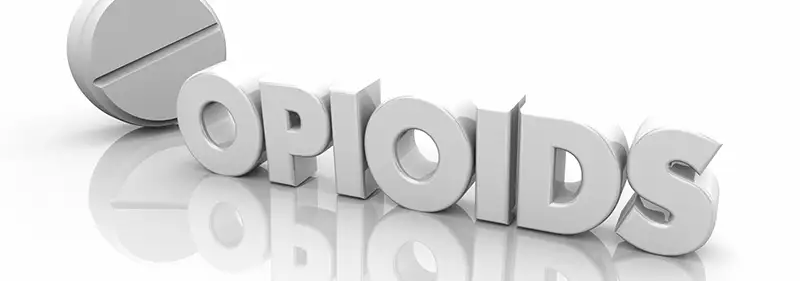
Comprehensive Approach to Opioid Disorder Treatment
To effectively tackle opioid addiction, it is crucial to implement a diverse and thorough strategy. This should include:
- Prompt recognition of the issue
- Interventions grounded in scientific evidence
- Use of appropriate medications
- Employment of behavioral therapies
- The establishment of supportive networks
An exploration into how these elements work together will provide insight into their collective impact on fighting against opioid addiction.
Medication-Assisted Treatment (MAT)
Medication-Assisted Treatment (MAT) is essential in managing Opioid Use Disorder (OUD). Medications such as methadone and buprenorphine, sanctioned by the FDA, mitigate cravings and withdrawal symptoms, thereby diminishing the chance of a setback. MAT assists individuals grappling with opioid dependency by addressing their physiological needs during the recovery process.
Behavioral Therapies
Behavioral therapies are a critical component of treatment for opioid addiction, serving as an essential complement to Medication-Assisted Treatment (MAT). These therapies include counseling which can be conducted individually or with family members to tackle the personal and relational problems that arise from addictive behaviors. Group therapy offers a supportive space where individuals coping with addiction can share their journeys and gain support from peers, promoting mutual understanding and community.
Cognitive Behavioral Therapy (CBT) is instrumental in helping patients change detrimental thought processes and behaviors associated with opioid use. This therapeutic approach significantly enhances the path toward recovery by addressing underlying psychological aspects of addiction.
Support Networks
The role of support networks cannot be overstated in the process of treatment and recovery, as having access to encouraging family members, friends, and community organizations is essential when combating opioid addiction.
For those affected by opioid-related disorders, SAMHSA’s National Helpline serves as a vital resource. It assists individuals and families by linking them with nearby treatment centers, support groups, and community-based entities that offer necessary aid.
Preventing Opioid Misuse and Ensuring Safety
Managing chronic pain through non-opioid strategies is as crucial as treatment itself for preventing opioid misuse. Ensuring the safe consumption and appropriate discarding of prescribed opioids are key steps in reducing the potential for abuse and dependence.
The importance of these preventative practices will be examined to understand their role in maintaining safety and health.
Alternatives to Opioids for Pain
It’s crucial to explore alternatives that don’t involve opioid drugs for managing pain in order to combat the risk of opioid misuse. Therapeutic methods, including exercise, physical therapy, and cognitive behavioral therapy, have been shown effective at mitigating pain levels without resorting to opioids. There are pharmacological options such as Non-steroidal anti-inflammatory drugs (NSAIDs), acetaminophen, corticosteroids, and various prescription pain relievers that present non-opioid medication choices.
For individuals dealing with chronic pain conditions who wish to avoid using opioids, interventional pain management techniques serve as sophisticated non-opioid strategies that diminish dependence on these drugs.
Safe Use and Disposal of Prescribed Opioids
Proper management and disposal of prescribed opioids is essential to averting their misuse and the potential for addiction. The National Helpline from SAMHSA offers a confidential, round-the-clock service that assists people and families struggling with substance use disorders by linking them with nearby treatment centers, support groups, and local organizations—a vital lifeline for those in need.
In summary, grasping the complexities of opioid addiction is fundamental in tackling the opioid epidemic. It’s essential to identify symptoms of opioid misuse, comprehend how cravings and tolerance evolve, acknowledge withdrawal symptoms from opioids, learn appropriate responses to overdoses, and recognize the detrimental effects on personal relationships that result from this addiction. Through a holistic treatment approach combined with preventive measures and safety considerations, our goal is to work towards reducing both the prevalence and devastating impact of opioid addiction.
Related Posts

Critical Signs of Meth Addiction: Symptoms & Support Options
Wondering what are the warning signs of meth addiction? Early detection can be lifesaving. From drastic behavioral swings to ‘meth mouth,’ these symptoms are alarming

Essential Guide on How to Help Someone with Meth Addiction
If you’re seeking to understand how to help someone with meth addiction, this article is your immediate support guide. Encountering meth addiction within someone you

Recognizing the Warning Signs of Marijuana Addiction
Knowing the signs of marijuana addiction is vital for recognizing a serious problem that often goes unnoticed. In this article, we address the real indicators

Decoding Opioid Addiction Statistics: A Harsh Reality Check
What do the numbers say about the opioid crisis? Diving into opioid addiction statistics offers a sobering reality check: a surge in usage and deaths

Effective Strategies on How to Prevent Opioid Addiction
The key to preventing opioid addiction starts with being informed. If you’re seeking concrete steps on how to prevent opioid addiction, this article is for

How to Help Someone with Cocaine Addiction Effectively
Wondering how to help someone with cocaine addiction? It can feel overwhelming, but your role is crucial. In this guide, you’ll find understandable and practical
